Printing
Printing techniques
Pad printing
Pad printing is a printing process in which a logo or text can be applied to a painted product using a printing plate, ink and a stamp. The great advantage is that it can be applied to both flat and slightly curved shapes. Pad printing is possible for both large and small (five to ten) series.
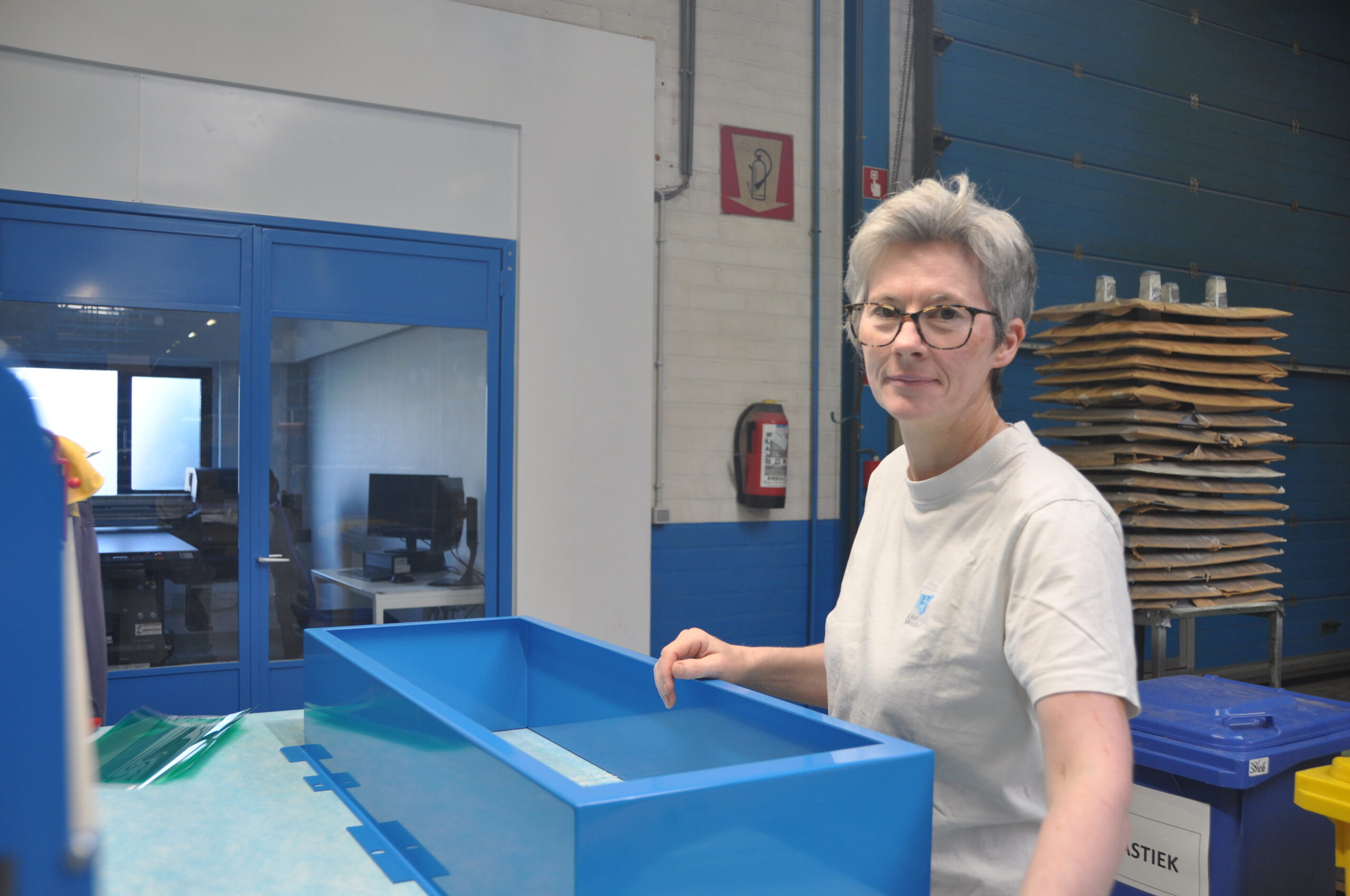

Digital printing
We recently bought the Mimaki UV flatbed printer and can now print logos, images or other graphics on surfaces. These prints are enormously durable as they are resistant to UV light and other weather conditions. At V coat, you have guaranteed print quality. It is possible to print on various types of materials: stainless steel, aluminium, copper, plastic, stickers, … The surfaces may have a maximum width of 3100 mm and a maximum material thickness of 50 mm. The maximum resolution is 1200 dpi.
Screen print
V coat is also a master of the screen printing technique. This technique is used to print many types of materials: including aluminium, plastic and/or polyester, …. Another advantage is the enormous colour strength: the screen printing ink is enormously opaque and hard-wearing. We often choose this technique because it is easy and fast to print large numbers. This allows us to finish your product quickly and flexibly.
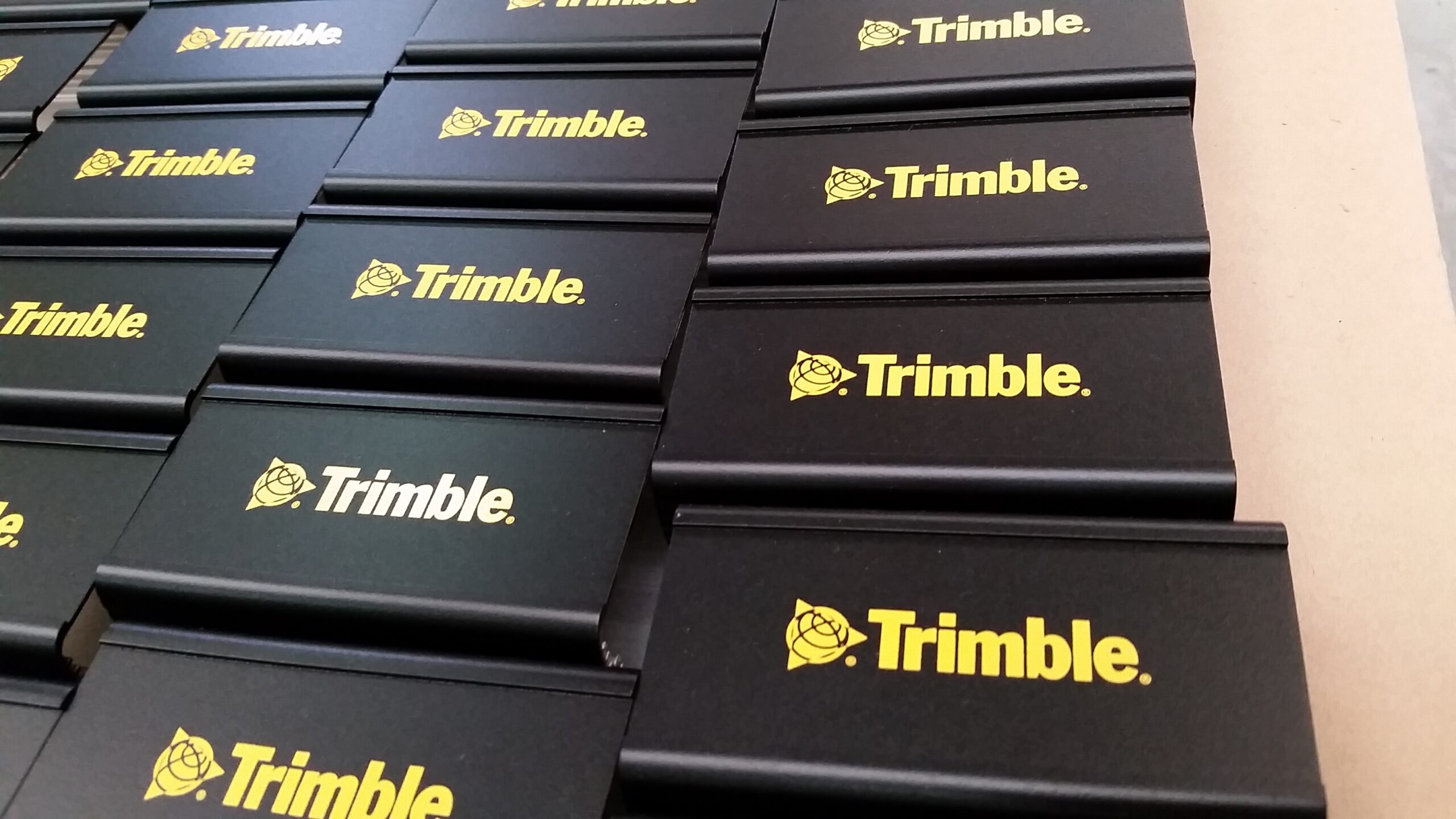
Other services

Wet coating
V coat is your partner for wet painting on all kinds of materials, from ferrous & non-ferrous to plastics. We offer a solution for every application, both small and large series. With us you are in the right place: anything goes!
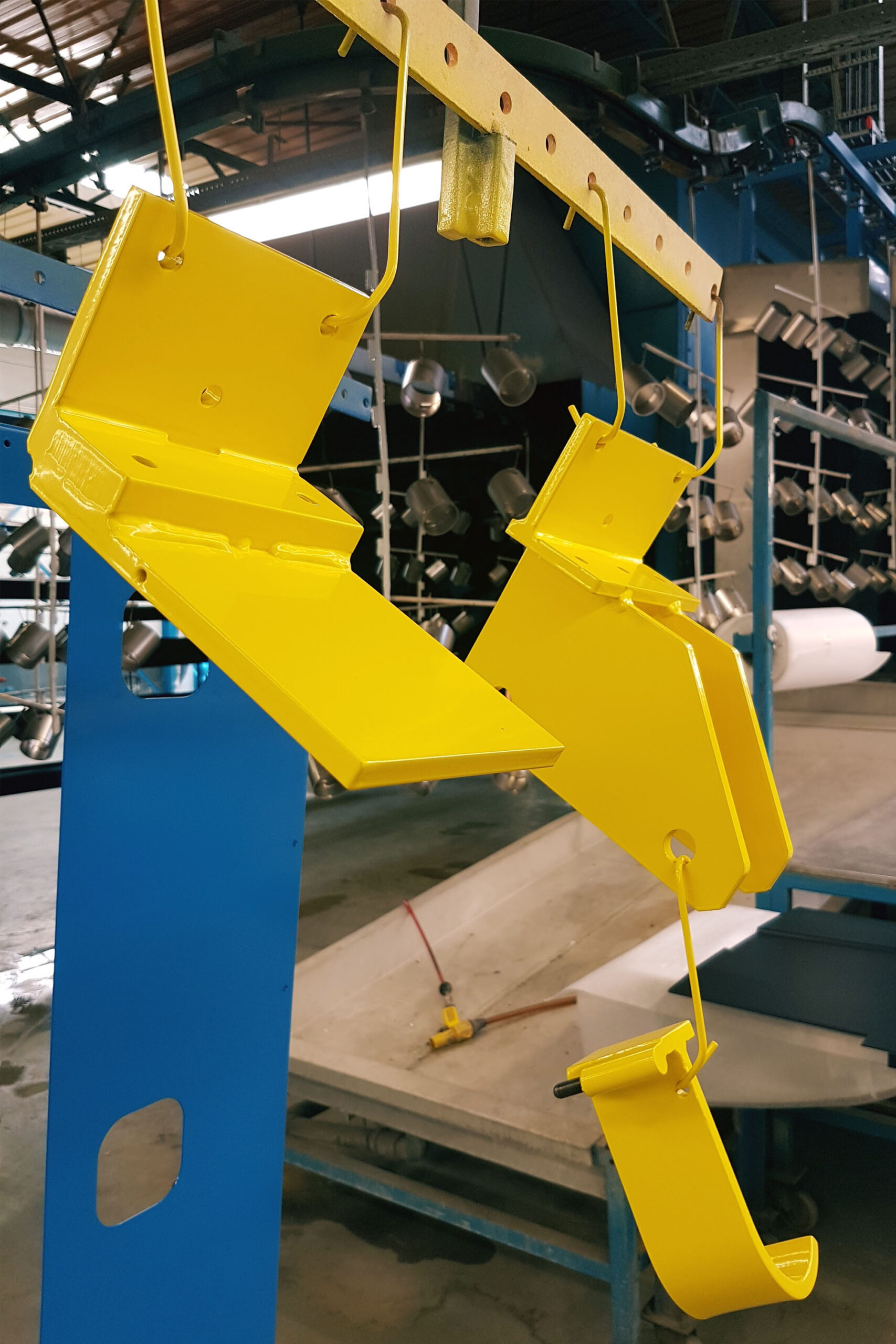
Powder coating
Powder coatings are environmentally friendly and stand for scratch-resistant results. Powder coating applies to all kinds of ferrous metals. V coat does it all with a structural focus on quality.

Pretreatment
The quality of powder or wet-lacquer coating stands or falls with proper and thorough pre-treatment of the materials. Only then will you get an even, scratch-resistant and beautiful end result.
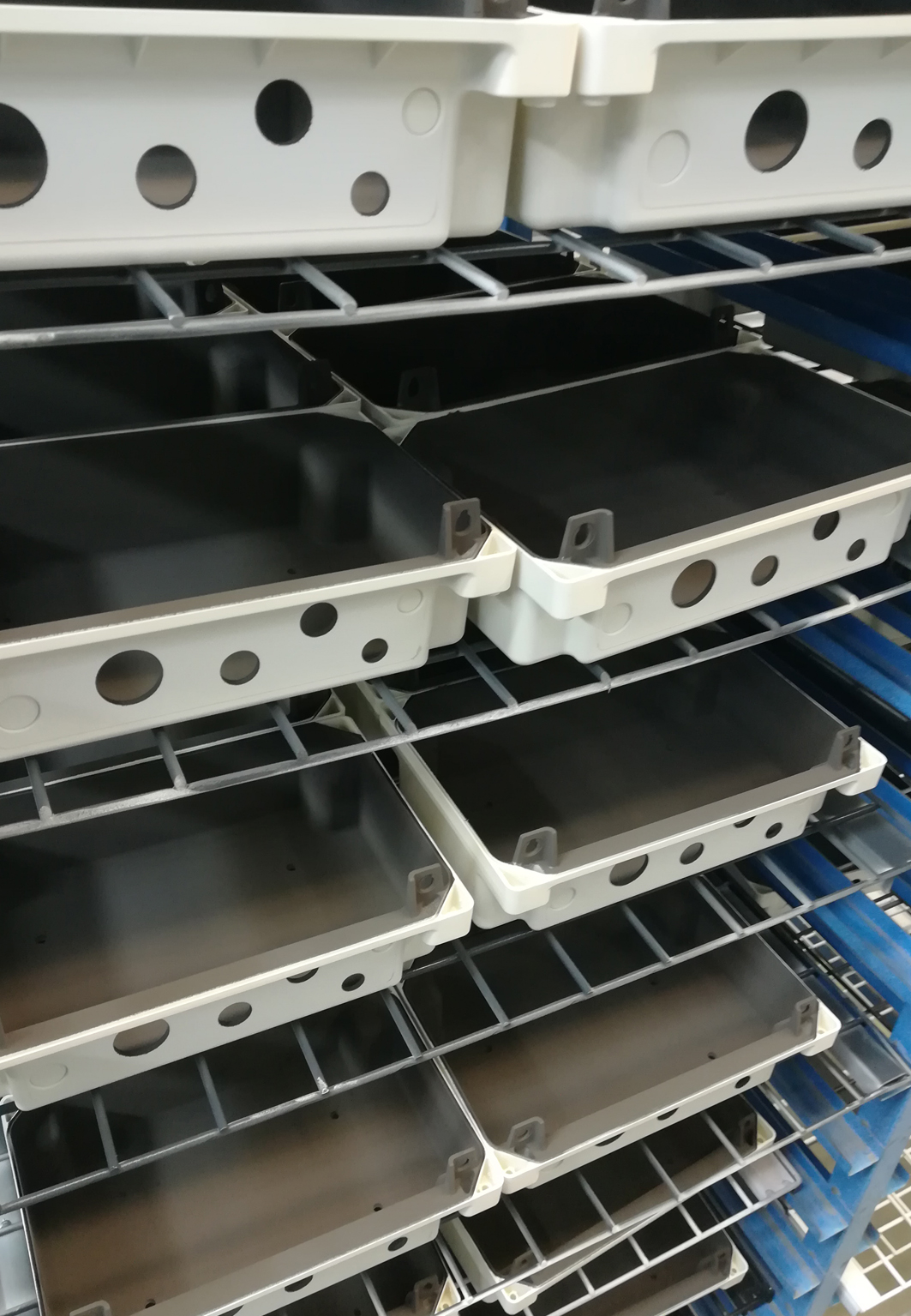
EMI shielding
Electronic products receive a lacquer that ensures protection against external electromagnetic interference.
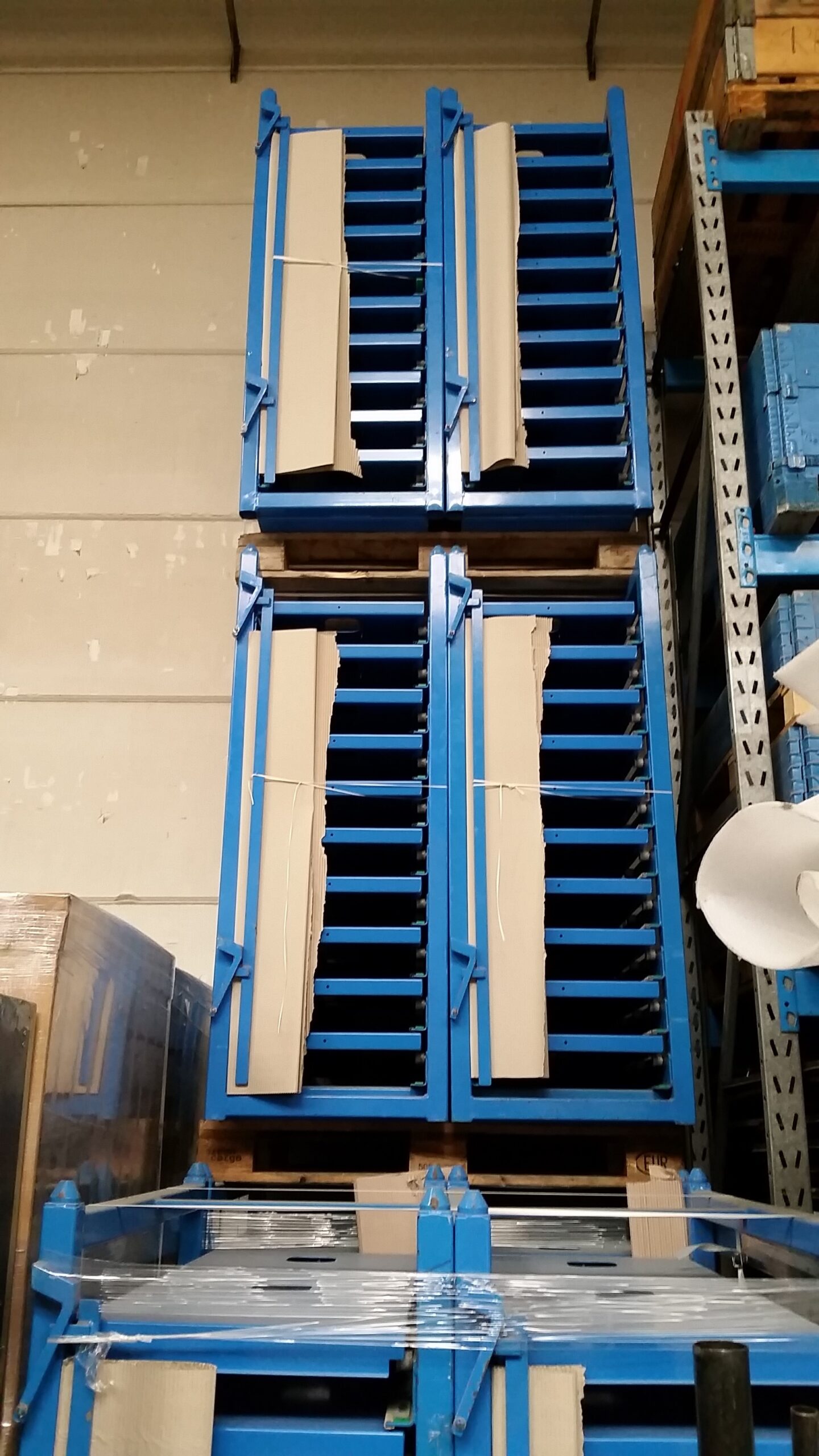
Assembly
V coat unburdens you as much as possible by also providing small assembly works, thus streamlining your process.


